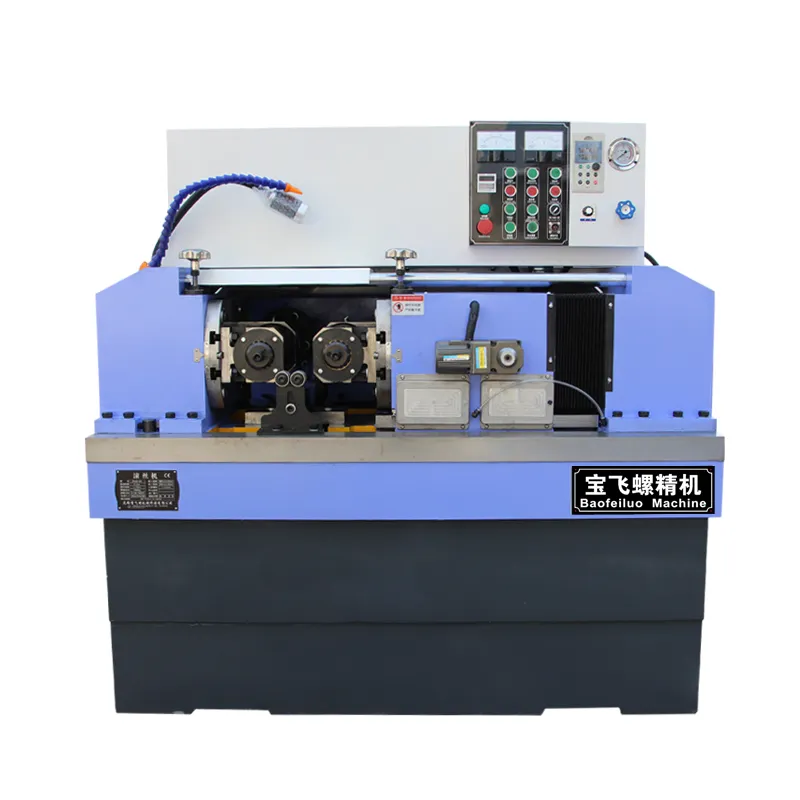
-
 Afrikaans
Afrikaans -
 Albanian
Albanian -
 Amharic
Amharic -
 Arabic
Arabic -
 Armenian
Armenian -
 Azerbaijani
Azerbaijani -
 Basque
Basque -
 Belarusian
Belarusian -
 Bengali
Bengali -
 Bosnian
Bosnian -
 Bulgarian
Bulgarian -
 Catalan
Catalan -
 Cebuano
Cebuano -
 Corsican
Corsican -
 Croatian
Croatian -
 Czech
Czech -
 Danish
Danish -
 Dutch
Dutch -
 English
English -
 Esperanto
Esperanto -
 Estonian
Estonian -
 Finnish
Finnish -
 French
French -
 Frisian
Frisian -
 Galician
Galician -
 Georgian
Georgian -
 German
German -
 Greek
Greek -
 Gujarati
Gujarati -
 Haitian Creole
Haitian Creole -
 hausa
hausa -
 hawaiian
hawaiian -
 Hebrew
Hebrew -
 Hindi
Hindi -
 Miao
Miao -
 Hungarian
Hungarian -
 Icelandic
Icelandic -
 igbo
igbo -
 Indonesian
Indonesian -
 irish
irish -
 Italian
Italian -
 Japanese
Japanese -
 Javanese
Javanese -
 Kannada
Kannada -
 kazakh
kazakh -
 Khmer
Khmer -
 Rwandese
Rwandese -
 Korean
Korean -
 Kurdish
Kurdish -
 Kyrgyz
Kyrgyz -
 Lao
Lao -
 Latin
Latin -
 Latvian
Latvian -
 Lithuanian
Lithuanian -
 Luxembourgish
Luxembourgish -
 Macedonian
Macedonian -
 Malgashi
Malgashi -
 Malay
Malay -
 Malayalam
Malayalam -
 Maltese
Maltese -
 Maori
Maori -
 Marathi
Marathi -
 Mongolian
Mongolian -
 Myanmar
Myanmar -
 Nepali
Nepali -
 Norwegian
Norwegian -
 Norwegian
Norwegian -
 Occitan
Occitan -
 Pashto
Pashto -
 Persian
Persian -
 Polish
Polish -
 Portuguese
Portuguese -
 Punjabi
Punjabi -
 Romanian
Romanian -
 Russian
Russian -
 Samoan
Samoan -
 Scottish Gaelic
Scottish Gaelic -
 Serbian
Serbian -
 Sesotho
Sesotho -
 Shona
Shona -
 Sindhi
Sindhi -
 Sinhala
Sinhala -
 Slovak
Slovak -
 Slovenian
Slovenian -
 Somali
Somali -
 Spanish
Spanish -
 Sundanese
Sundanese -
 Swahili
Swahili -
 Swedish
Swedish -
 Tagalog
Tagalog -
 Tajik
Tajik -
 Tamil
Tamil -
 Tatar
Tatar -
 Telugu
Telugu -
 Thai
Thai -
 Turkish
Turkish -
 Turkmen
Turkmen -
 Ukrainian
Ukrainian -
 Urdu
Urdu -
 Uighur
Uighur -
 Uzbek
Uzbek -
 Vietnamese
Vietnamese -
 Welsh
Welsh -
 Bantu
Bantu -
 Yiddish
Yiddish -
 Yoruba
Yoruba -
 Zulu
Zulu
thread rolling machine hsn code
Understanding the HSN Code for Thread Rolling Machines
In the realm of manufacturing and industrial processes, the classification of machinery plays a crucial role in international trade and taxation. One such classification system is the Harmonized System of Nomenclature (HSN), which is used worldwide to identify goods in a uniform manner. This article delves into the specifics of thread rolling machines and their corresponding HSN code.
What is a Thread Rolling Machine?
A thread rolling machine is a specialized piece of equipment designed for the manufacturing of screws, bolts, and other threaded components through a process known as thread rolling. Unlike traditional cutting methods, thread rolling forms threads through deformation of the material, resulting in a stronger and more precise finish. This process is highly efficient, allowing for increased production rates and minimal waste, making it a favored choice in many manufacturing settings.
The Importance of HSN Codes
HSN codes are essential for businesses engaged in international trade. They simplify the process of cross-border transactions by providing a universal language for the classification of goods. Each product is assigned a specific HSN code that indicates its category, which helps in calculating duties and taxes applicable when exporting or importing. For manufacturers of thread rolling machines, having precise HSN codes is critical not only for compliance but also for pricing strategies.
thread rolling machine hsn code

HSN Code for Thread Rolling Machines
The HSN code for thread rolling machines falls under a specific classification within the broader machinery and equipment categories. Typically, machines designed for the manufacture of fasteners and other similar products are categorized under codes in the range of 84, specifically focusing on machinery used in metal forming processes. The specific HSN code can vary based on the machine's features, size, and intended use, but it generally aligns with chapter 84 of the HSN classification system.
Benefits of Proper Classification
Correctly classifying thread rolling machines with the appropriate HSN code presents several advantages. For one, it ensures compliance with local and international trade regulations, reducing the risk of penalties or delays in customs clearance. Additionally, it helps businesses better manage taxation implications, as different HSN codes can attract different rates of duty. Accurate classification also facilitates market research, enabling companies to analyze industry trends and competitive landscapes more effectively.
Conclusion
In conclusion, the HSN code for thread rolling machines is paramount for manufacturers engaged in producing threaded components. Understanding the classification system helps businesses comply with international trade regulations, manage tax rates effectively, and optimize supply chain processes. As global manufacturing continues to grow, familiarizing oneself with the intricacies of HSN codes, particularly for specialized machinery like thread rolling machines, will be vital for success in the competitive manufacturing landscape. Ensuring accurate identification and classification not only streamlines operations but also fosters opportunities for growth in international markets. As the industry evolves, staying updated on HSN codes and their implications will be critical for manufacturers aiming to thrive and expand internationally.
